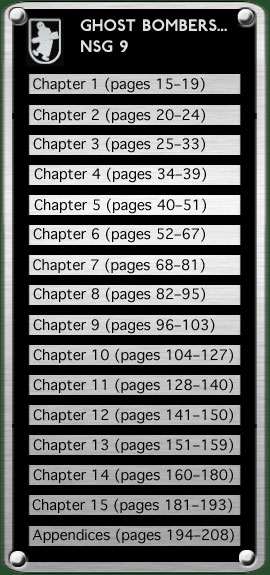|
Fliegerausbildings Regiment 43, JG 103 and 2./Jagdgruppe West In February 1940, Schewen was flying as an instructor with FFS A/B 43, usually on the Fw 44. He continued in this role (plus ferry, delivery and liaison flights) over the next three years. In June 1943 he began a fighter conversion course with JG 103, flying a Dewoitine D.520 for the first time on the 15th and a Fw 190 five days later and continuing flying both types with 2./JGr. West until 21 August. 6./JG 54 On 9 September 1943, Schewen was in the East on a “front familiarisation” sortie in Fw 190 “+5” of 6./JG 54, whose Staffelkapitän was the Ritterkreuzträger Oblt. Horst Ademeit. Over the next eight days, Schewen made ten take-offs, some quickly aborted, but four of them are marked with an “x”, possibly denoting a completed war flight. This brief experience of combat flying included freelance patrols, scrambles and escorts for Fw 189s and Ju 87s. He stayed with 6./JG 54 until 19 October, the remainder of his flights with the Staffel being devoted to ferrying and liaison. After this, there is a hiatus in his flying, probably for a period of leave. 1./SG 151 and 2./SG 111 His next posting was to 1./SG 151 at Deblin, Poland where on 30 November he carried out some aerobatics in an Fw 44 marked “E + triangle.” Schewen’s last flight with this unit took place on 20 December 1943. From 15 January to 6 February 1944 he was on a course including blind and instrument flying on the Ar 66 and Go 145 with 2./SG 111, Groß Stein.
2./NSG 9 SG 111 was many airmen’s last stop before joining NSG 9 and so it was with Schewen: he was in Caselle with 2./NSG by 19 February, making three brief flights round the airfield that morning with the Staffelkapitän, Hptm. Hegenbarth, in E8+ZK (understood from Allied signals intelligence to be a SAIMAN 202). From the 25th he was flying numerous different Fiat CR.42s on sorties lasting from eight to 75 minutes, variously for practice, test flights, firing and aerobatics. On 1 March he made what seems to have been a Schießflug (air firing test) in CR.42 E8+DK. His first (10-minute) flight in a Ju 87 came on 23 March in 6Q+NA. That afternoon he took 6Q+NO on a 400km journey from Caselle to Treviso(?). On 5 May he took an SS-Sturmbannführer on a 55-minute “partisan reconnaissance” from Bergamo in E8+ZK. This and four other flights in Schewen’s log are underlined, apparently denoting Frontflüge, to the battle zone but not across the lines. For example, from 19.35–20.34 on 30 May he flew CR.42 E8+GK the 300 km from Caselle to Bologna and, 24 hours later, continued to Fabrica di Roma, 280 km. and 75 minutes in the air (see page 37). After this, Schewen did not fly again for more than two weeks. On the evening of 28 June, he took E8+KK from Caselle to Forli (see page 47). Again this was a delivery flight and Schewen was not in the air again until 19 July, on a 10-minute test flight at Vigatto, his Staffel’s new base. On 13 November, from 06.00–07.50, he made a 300 km. flight, the details of which are illegible, but NSG 9 is not known to have been operating on this date. On the afternoons of 10 and 15 February 1945, Schewen made flights from Villafranca in a Fw 190, apparently marked “4”. His next logbook entry gives no details beyond a duration of 63 minutes and a distance of 230 km., consistent with comrades’ figures for the Gruppe’s withdrawal from Italy to Innsbruck on 27 April 1945. His Flugbuch was signed off for the last time three days later, by NSG 9’s Flugleiter. However, there is a note on the last page: “Flights Villa Franka [sic], Bovolone, Vicenza, Bergamo, Ferrara — about 30 items missing.” Bernd Schewen logged 171 flights with NSG 9, flying day after day throughout March, April and May 1944. But only intermittently thereafter.
The Allies deciphered “an otherwise unimportant chit” of 21 October 1944 from NSG 9’s Technical Officer, Oblt. August Müller in Villafranca and addressed to a Field Workshop batallion at Plantlünne, Germany.
|
||||||||

